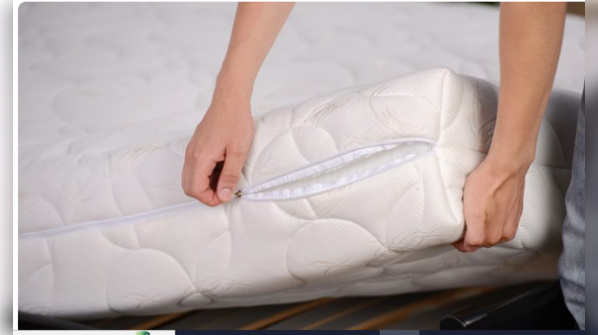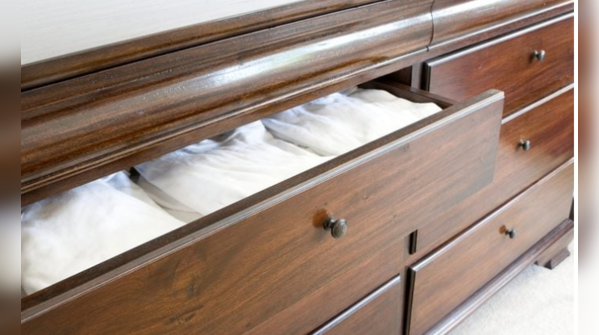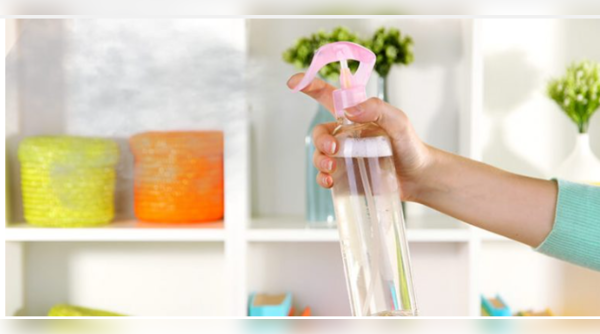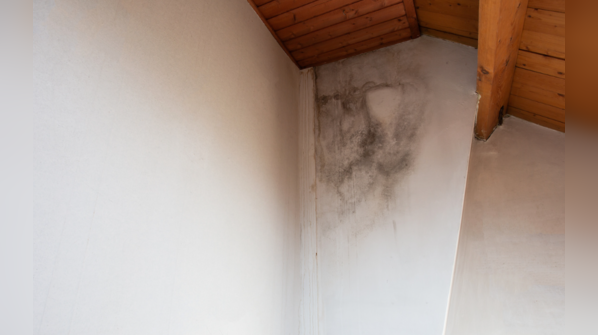The bedroom, often considered a sanctuary for rest and rejuvenation, can harbor unseen dangers that pose a risk to your health. While we dedicate a significant portion of our lives to this space, many are unaware of the potential hazards lurking within. These threats, though not always immediately apparent, can significantly impact your well-being. Here are five hidden dangers in your bedroom and how to address them.

While your mattress may seem comfortable, its age could be detrimental to your health. Mattresses older than 7-8 years accumulate sweat, dead skin cells, dust mites, mold, and bacteria. Regular vacuuming is insufficient to eliminate these contaminants. This creates a toxic environment that you inhale nightly.
This is especially concerning for seniors, whose weakened immune systems make them more susceptible to these toxins. Research indicates that old mattresses release harmful chemicals and allergens, potentially leading to skin rashes, respiratory issues, and exacerbated allergies.
Solution:

Pillows and bedding are prime breeding grounds for dust mites, microscopic creatures that feed on dead skin. These mites are known to trigger allergies, asthma, and skin irritation. They can also contribute to respiratory problems that may develop into lung issues. Old pillows, in particular, accumulate dust mites, sweat, and allergens, making them a significant hidden threat in your sleep environment.
Solution:

Many rely on air fresheners to maintain a pleasant scent in their bedrooms. However, these products often contain harmful chemicals known as phthalates. Phthalates have been linked to hormonal disruptions and reproductive harm. Regular use of synthetic air fresheners can degrade indoor air quality and silently compromise your health, potentially triggering migraines and allergies.
Solution:

Exposure to artificial light close to the bed, particularly blue light emitted from digital clocks, smartphones, and LED bulbs, can disrupt your sleep cycle. Blue light suppresses melatonin production, a hormone essential for falling asleep. This is particularly detrimental for older adults, who are more sensitive to light at night. Poor sleep caused by artificial light elevates the risk of heart disease, diabetes, and even certain cancers.
Solution:

Mold thrives in damp environments and can remain undetected until it triggers health problems. Mold spores in the bedroom air can induce asthma attacks, allergies, and respiratory infections. For seniors and individuals with compromised immune systems, mold exposure can be particularly dangerous. Mold can also worsen skin conditions and trigger systemic inflammation affecting joints and the heart. Mold is commonly found in homes with limited natural light.
Solution:
Newer articles
Older articles
 Android Security Alert: Government Warns of Critical Flaws Exposing User Data
Android Security Alert: Government Warns of Critical Flaws Exposing User Data
 Bezos-Backed Methane-Tracking Satellite Mission Ends Prematurely After Loss of Contact
Bezos-Backed Methane-Tracking Satellite Mission Ends Prematurely After Loss of Contact
 Sanjog Gupta Named ICC's New Chief Executive Officer, Set to Lead Cricket's Global Expansion
Sanjog Gupta Named ICC's New Chief Executive Officer, Set to Lead Cricket's Global Expansion
 Greg Chappell: Rishabh Pant is Revolutionizing Cricket with Unorthodox Batting
Greg Chappell: Rishabh Pant is Revolutionizing Cricket with Unorthodox Batting
 Heart Attack Warning: 5 Subtle Signs to Watch for a Month Prior
Heart Attack Warning: 5 Subtle Signs to Watch for a Month Prior
 Staying Hydrated May Significantly Lower Risk of Heart Failure, New Study Finds
Staying Hydrated May Significantly Lower Risk of Heart Failure, New Study Finds
 Asia Cup 2025: ACC Eyes September Start Date Amid Growing Optimism
Asia Cup 2025: ACC Eyes September Start Date Amid Growing Optimism
 FIFA Club World Cup 2025: Upsets, Messi Magic, and Weather Woes Define Group Stage
FIFA Club World Cup 2025: Upsets, Messi Magic, and Weather Woes Define Group Stage
 Gavaskar Calls for Kuldeep Yadav's Inclusion in Second Test Amid Bumrah Fitness Concerns, Eyes Batting Reshuffle
Gavaskar Calls for Kuldeep Yadav's Inclusion in Second Test Amid Bumrah Fitness Concerns, Eyes Batting Reshuffle
 Doctor Reacts to Rishabh Pant's Somersault After Century: 'Unnecessary!' – Surgeon Who Aided Recovery Speaks Out
Doctor Reacts to Rishabh Pant's Somersault After Century: 'Unnecessary!' – Surgeon Who Aided Recovery Speaks Out